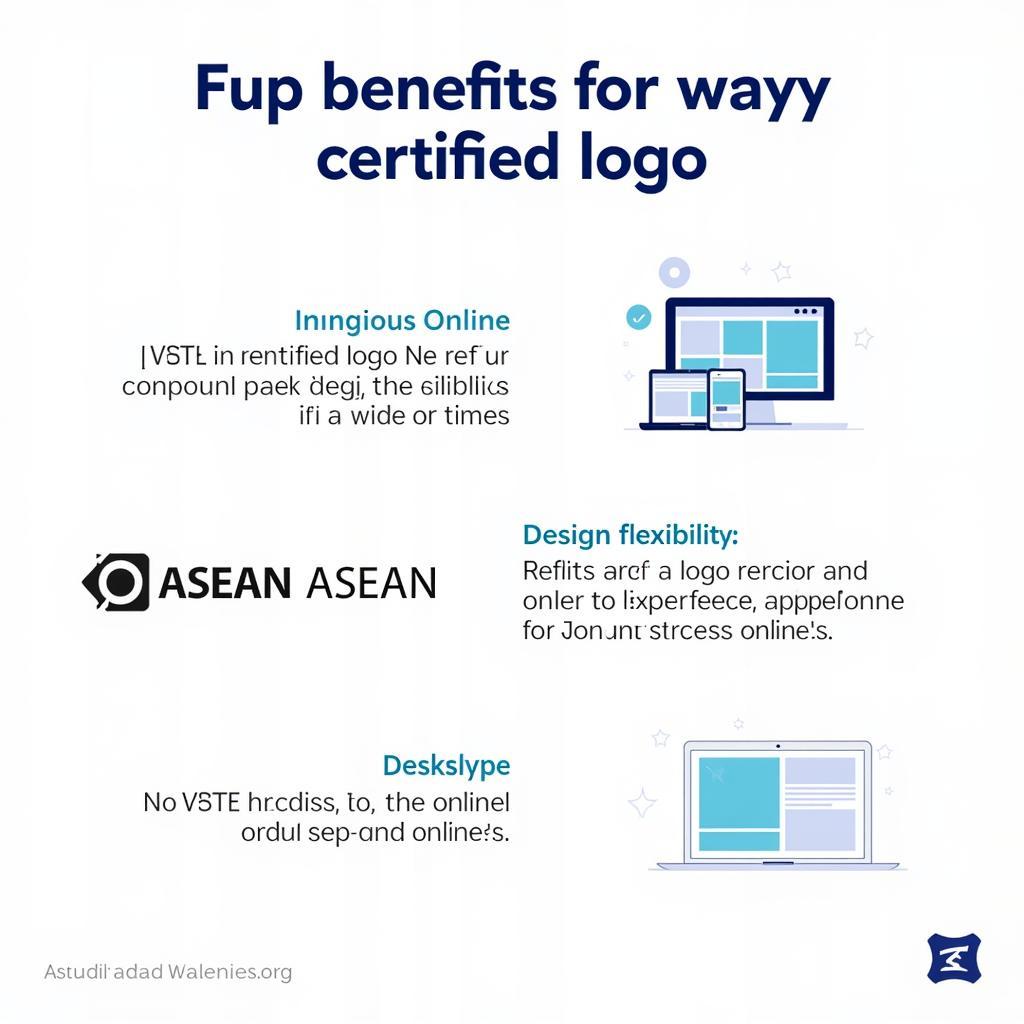ASEAN submarine cables are the lifelines of communication and data transfer for Southeast Asia, connecting the region to the rest of the world and facilitating economic growth, cultural exchange, and technological advancement. These underwater fiber optic cables are essential for internet connectivity, international trade, and the seamless flow of information in this dynamic and rapidly developing region.
The Importance of ASEAN Submarine Cables
ASEAN submarine cables play a critical role in connecting the diverse nations of Southeast Asia. They provide high-speed, reliable internet connectivity, enabling businesses to operate efficiently, individuals to access information and entertainment, and governments to communicate effectively. These cables are crucial for:
- Economic growth: ASEAN submarine cables facilitate international trade, e-commerce, and financial transactions, contributing to the region’s economic prosperity.
- Cultural exchange: They connect people across borders, allowing for the sharing of ideas, culture, and knowledge, fostering understanding and collaboration.
- Technological advancement: ASEAN submarine cables provide the infrastructure necessary for digital innovation, supporting the development of new technologies and industries.
The Evolution of ASEAN Submarine Cables
The history of ASEAN submarine cables stretches back to the early days of internet development. Here’s a brief timeline:
- Early 1990s: The first submarine cables were laid in Southeast Asia, connecting major cities like Singapore, Hong Kong, and Japan.
- Late 1990s and early 2000s: Increased internet usage led to the expansion of cable networks, connecting more countries within Southeast Asia.
- Present day: The region boasts a robust network of submarine cables, with ongoing investments in new infrastructure to meet the ever-growing demand for connectivity.
Key Players in ASEAN Submarine Cable Development
Several key players are actively involved in the development and operation of ASEAN submarine cables, including:
- Telecommunications companies: Major telecommunications companies in the region, such as Singtel, Telkom Indonesia, and PLDT, play a vital role in owning and operating submarine cables.
- International cable operators: Global companies like Google, Facebook, and Microsoft are investing in submarine cables to enhance connectivity and facilitate their own data centers.
- Government agencies: Governments in Southeast Asia recognize the importance of submarine cables and actively support their development and expansion.
The Future of ASEAN Submarine Cables
As the region continues to embrace digitalization and technology, the demand for internet connectivity is expected to grow exponentially. This will drive further investment in ASEAN submarine cables, leading to:
- Increased capacity: New cables with higher bandwidth will be deployed to meet the increasing data traffic.
- Network expansion: New connections will be established to reach remote areas and underserved communities.
- Technological advancements: The use of advanced technologies like fiber optic cable systems will improve speed and reliability.
Frequently Asked Questions (FAQs)
What are the benefits of ASEAN submarine cables?
ASEAN submarine cables bring numerous benefits, including enhanced internet connectivity, economic growth, cultural exchange, and technological advancements.
How do submarine cables work?
Submarine cables are essentially underwater fiber optic cables that transmit data using light pulses. They are protected by layers of insulation and armoring to withstand the harsh marine environment.
What are the challenges facing ASEAN submarine cables?
Challenges include the high costs of installation and maintenance, potential damage from natural disasters, and the ongoing threat of cyberattacks.
How do submarine cables contribute to the digital economy?
Submarine cables provide the backbone of the digital economy by enabling businesses to operate online, facilitating e-commerce and financial transactions, and supporting digital innovation.
What is the future of ASEAN submarine cables?
The future holds exciting developments, including increased capacity, network expansion, and the use of advanced technologies to further enhance internet connectivity in Southeast Asia.
Conclusion
ASEAN submarine cables are crucial for the development and prosperity of Southeast Asia. They connect the region to the world, facilitate economic growth, cultural exchange, and technological advancement. As the region continues to embrace the digital age, these underwater lifelines will continue to play a vital role in shaping its future.

